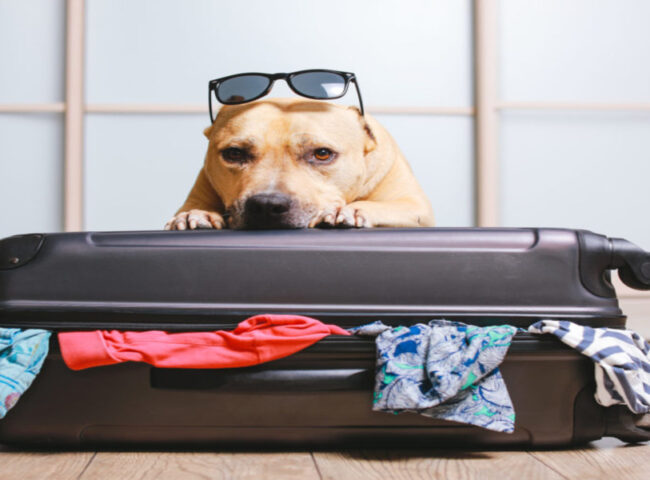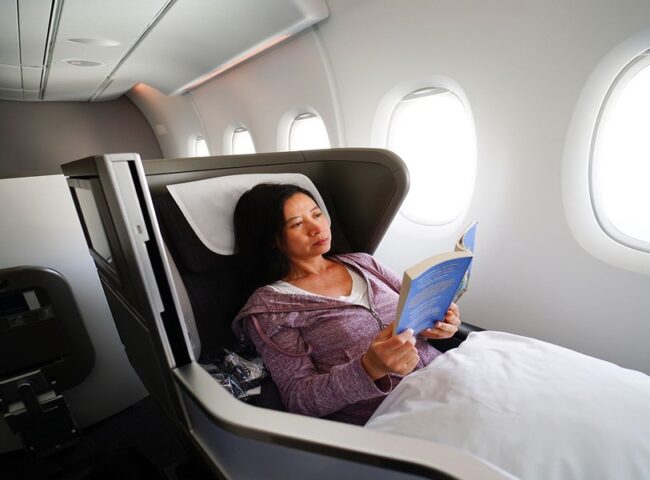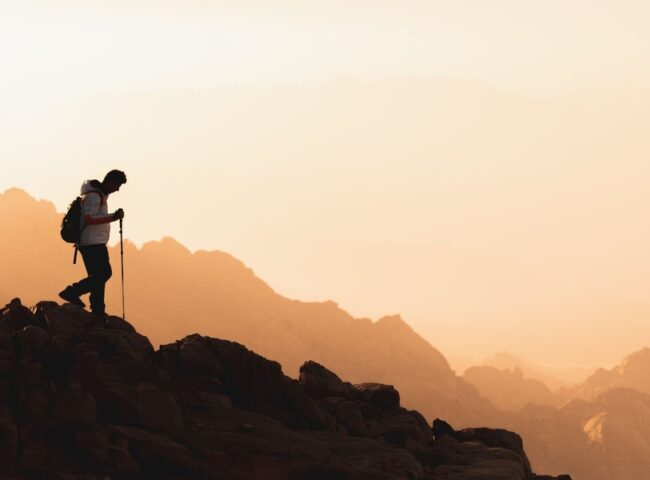Traveling to the United States is a dream for many, with its diverse landscapes, vibrant cities, and rich cultural experiences. However, ensuring your safety during your journey is of paramount importance. In this extended travel guide, we’ll delve deeper into each aspect of planning, preparing, and staying safe while exploring the USA.
1. Planning Your Trip
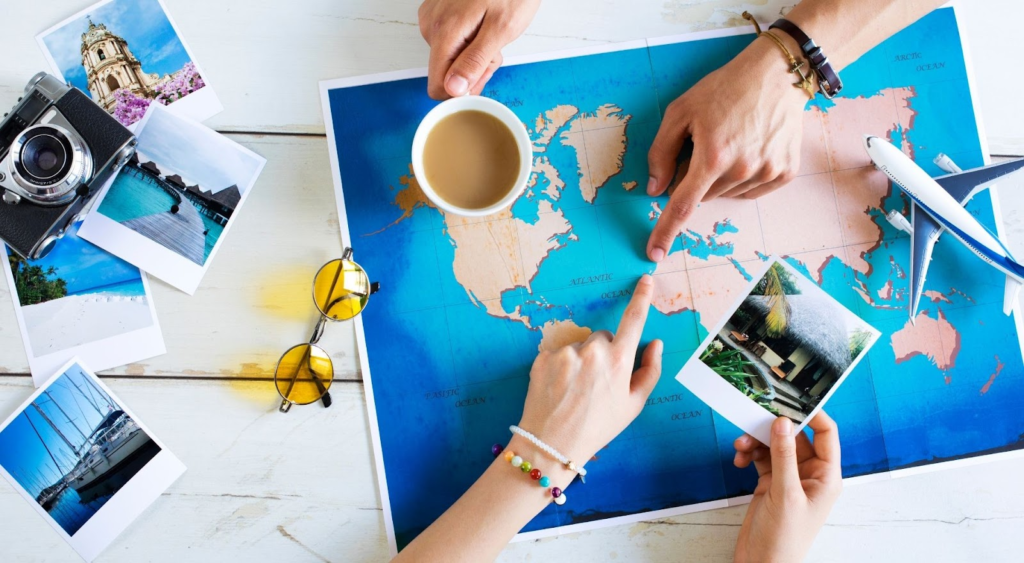
Researching Your Destination
The United States is a vast country with each state offering a unique experience. Comprehensive research is crucial. Consider weather conditions, cultural norms, and safety information. Pay attention to local customs and etiquette, as these can vary greatly from one region to another. Also, keep yourself updated on any travel advisories or safety warnings issued by your government or international organizations.
Budgeting for Safety
While planning your trip budget, allocate a specific fund for safety-related expenses. This fund should cover:
– Travel Insurance: Invest in comprehensive travel insurance. Ensure it covers medical emergencies, trip cancellations, and personal property loss. It’s your safety net in case of unexpected mishaps.
– Emergency Funds: Have a separate stash of cash, preferably in U.S. dollars, for emergencies like medical issues, lost documents, or unexpected travel disruptions.
– Safety Gear: Consider investing in essential safety gear such as a well-stocked first aid kit, portable phone charger, flashlight, and a reliable physical map of your travel destinations.
Travel Insurance
Travel insurance is a lifeline in unforeseen circumstances. Confirm that your policy includes:
– Health Coverage: Ensure your policy covers medical emergencies, doctor visits, prescription medications, and hospital stays. Medical care in the USA can be costly.
– Trip Cancellation: In case you have to cancel your trip due to unforeseen events like a family emergency or a sudden illness.
– Theft and Loss: Check if your policy covers theft, loss, or damage to personal belongings. Consider additional coverage for high-value items like electronics.
Emergency Contacts
Create a comprehensive list of emergency contacts:
– Local Contacts: Include the contact information for the nearest embassy or consulate. In case of serious trouble, these offices can provide valuable assistance.
– Family and Friends: Share your itinerary with a trusted friend or family member back home. This way, someone will know your whereabouts and can help in case of an emergency.
– Local Emergency Services: Memorize or keep handy the local emergency numbers for police, ambulance, and fire department services in the area you’re visiting.
2. Before You Go

Documents and Identification
Sorting out your documents is a crucial pre-travel step:
– Passport: Ensure your passport is valid for at least six months beyond your planned departure date. Also, make photocopies of your passport, visas, and other essential documents, and store them separately from the originals.
– Visa: Verify the specific visa requirements for your country of origin. It’s essential to have the correct visa type for your purpose of travel.
– Travel Itinerary: Print out hard copies of your itinerary, including flight reservations, hotel bookings, and rental car reservations. Also, save electronic copies on your phone or in cloud storage.
– Identification: Carry a government-issued photo ID, such as a driver’s license or ID card, along with your passport. Having multiple forms of identification is always a good practice.
Health Precautions
Prioritize your health while traveling:
– Vaccinations: Check whether any vaccinations are required or recommended for your specific destination in the USA. This information can be obtained from your healthcare provider or the Centers for Disease Control and Prevention (CDC) website.
– Prescription Medications: Ensure you have an adequate supply of any prescription medications you regularly take. Keep them in their original containers with clearly marked labels.
– Health Records: Make copies of your medical records, including allergies, medical conditions, and a list of your current medications. This information can be invaluable in a medical emergency.
Packing Tips
When packing for your journey, think about safety:
– First Aid Kit: Include essential items such as bandages, antiseptic wipes, pain relievers, and any specific medications you might need.
– Emergency Contacts: Carry a hard copy of your emergency contact list and store digital copies on your phone, if possible.
– Portable Charger: A fully charged phone can be a lifesaver in emergencies. Pack a portable charger to ensure your device remains functional throughout the day.
– Travel Locks: Use sturdy locks for your luggage to deter theft. Additionally, consider using locks on your accommodation doors and windows.
3. On the Road

Transportation Safety
Traveling within the USA can take various forms, from driving a rental car to using public transportation. Ensure your safety during transit:
– Driving: If you plan to rent a car, familiarize yourself with local traffic laws, road conditions, and driving culture. Stay alert on the road, and never drive under the influence of alcohol or drugs.
– Public Transportation: When using public transportation, follow safety guidelines such as keeping an eye on your belongings and being cautious in crowded areas.
– Rideshare Services: If you use rideshare services like Uber or Lyft, ensure you verify the driver’s identity and the vehicle’s license plate before getting in.
Accommodation Safety
Where you stay plays a vital role in your safety:
– Research Accommodations: Before booking accommodations, read reviews, check for any safety features, and assess the neighborhood’s safety.
– Room Safety: Once you’re in your room, ensure that doors and windows are securely locked. Use any additional security measures provided by the hotel, such as room safes.
– Safe Storage: Store your valuable items like passports, cash, and electronics in the hotel safe. Avoid leaving these items unattended in your room.
Personal Safety
Taking personal precautions is essential to ensure your safety:
– Stay Aware: Be mindful of your surroundings, especially in unfamiliar places. Avoid venturing into poorly lit or isolated areas, especially at night.
– Travel Companions: If you’re traveling with others, stick together, particularly in unfamiliar or crowded places. Make a plan for how to regroup if you become separated.
– Emergency Apps: Download and familiarize yourself with safety and navigation apps. Some apps offer real-time tracking, local safety information, and emergency assistance features.
4. During Your Stay

Exploring Safely
Exploring your destination can be one of the most rewarding aspects of travel:
– Maps and GPS: Use maps, GPS, and navigation apps to avoid getting lost. If you’re in a remote area, have a physical map as a backup.
– Stay Informed: Stay updated on local news and events. This is especially important if there are safety concerns in your area. Local news outlets, social media, and travel advisory websites can be valuable sources of information.
– Group Tours: Consider joining organized group tours for added safety, especially when exploring unfamiliar or potentially risky areas.
Food and Water Safety
Maintain your well-being by ensuring food and water safety:
– Water: In some regions, tap water may not be safe to drink. Stick to bottled water, or use a water purifier if you’re in doubt.
– Food: Follow food safety guidelines and eat at reputable restaurants. Check reviews and ratings for hygiene when dining out.
– Food Allergies: If you have food allergies, communicate your dietary restrictions clearly when ordering. Understanding local dishes and their ingredients can help prevent allergic reactions.
Health and Medical Care
Be prepared for any health-related issues:
– Healthcare Facilities: Know the location of the nearest healthcare facilities, hospitals, and clinics, particularly if you have any pre-existing medical conditions.
– Emergency Services: In the event of a medical emergency, dial 911 for immediate assistance. The United States has a robust emergency response system, but it’s essential to know the local emergency number.
5. Emergencies
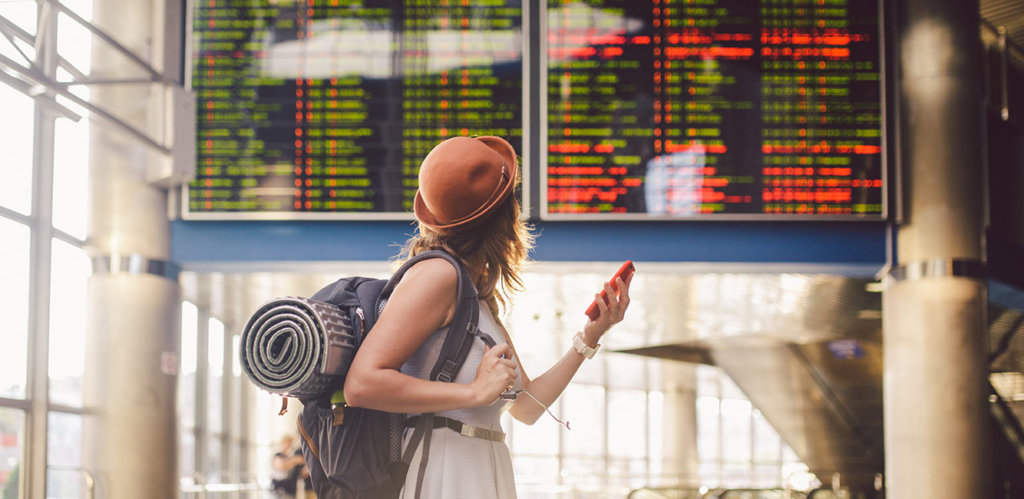
Dealing with Emergencies
In the unfortunate event of an emergency:
– Stay Calm: Panic can exacerbate a crisis. Try to remain calm and think clearly, as it’s essential for making good decisions.
– Contact Authorities: In case of a medical emergency, call 911. For other emergencies, contact the appropriate local authorities or your embassy or consulate, depending on the situation.
– Notify Loved Ones: Keep your emergency contacts informed about your situation. They can provide support and assistance from afar.
Local Laws and Regulations
Be aware of local laws and regulations:
– Legal Differences: The United States has federal laws, but states also have their own regulations. Familiarize yourself with the laws of the state you’re visiting, particularly those that may differ from your home country.
– Consular Assistance: If you find yourself in a legal situation, contact your embassy or consulate. They can provide guidance and assistance.
6. Cultural Sensitivity and Etiquette
Understanding and respecting the culture of your destination is essential for safety and a positive travel experience. Some key points to remember include:

– Greeting: Learn how people in the region greet each other, whether it’s a handshake, a bow, or another form of greeting. Show respect by following local customs.
– Dress Code: Some areas might have specific dress codes for cultural or religious reasons. Dress modestly when visiting places of worship or in conservative communities.
– Photography: Always ask for permission before taking photos of people, especially in sensitive areas or when photographing individuals, as it can be seen as intrusive.
– Local Traditions: Familiarize yourself with local customs and traditions. Show respect by participating in local customs when appropriate.




